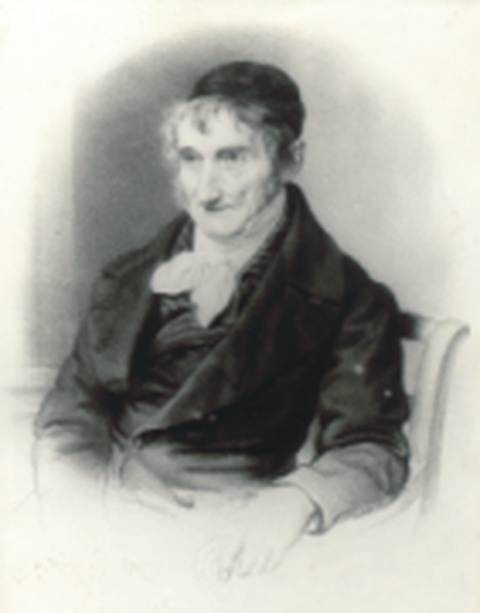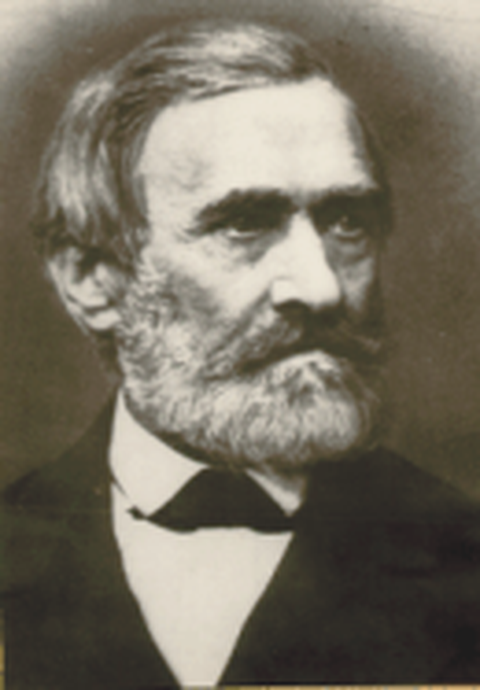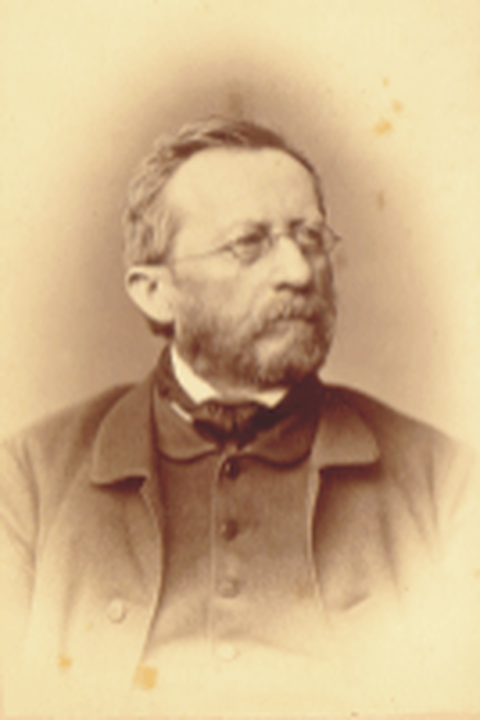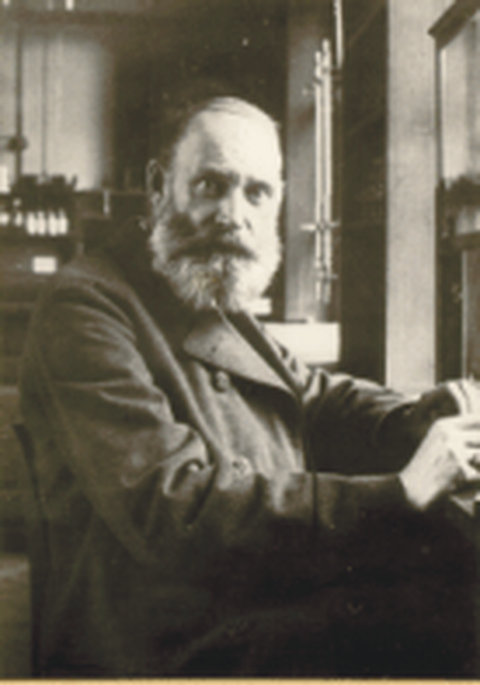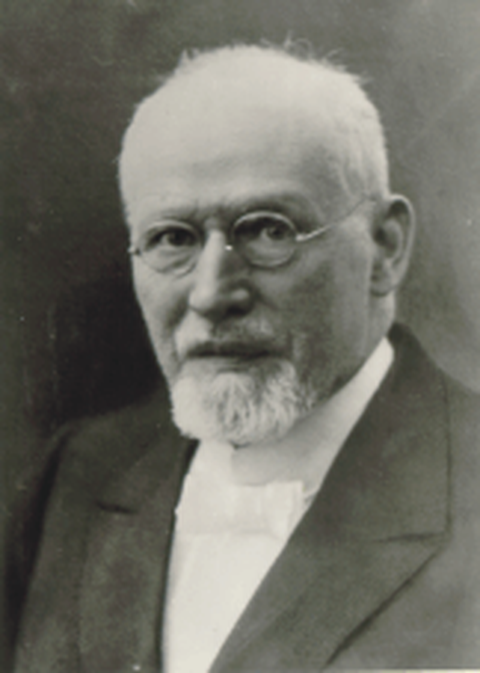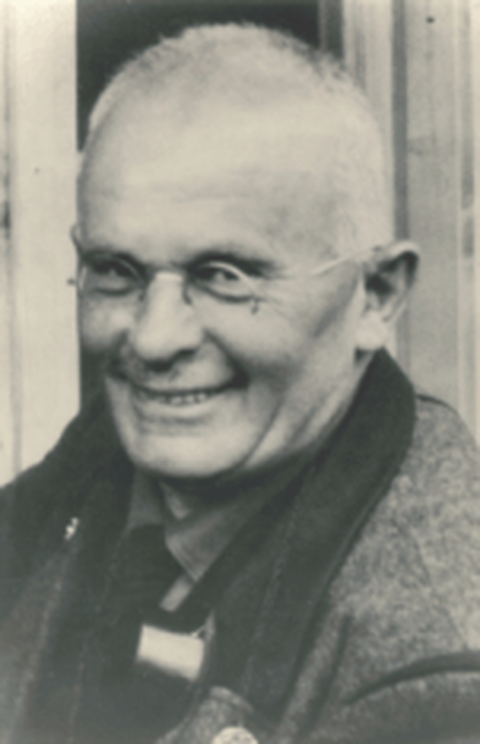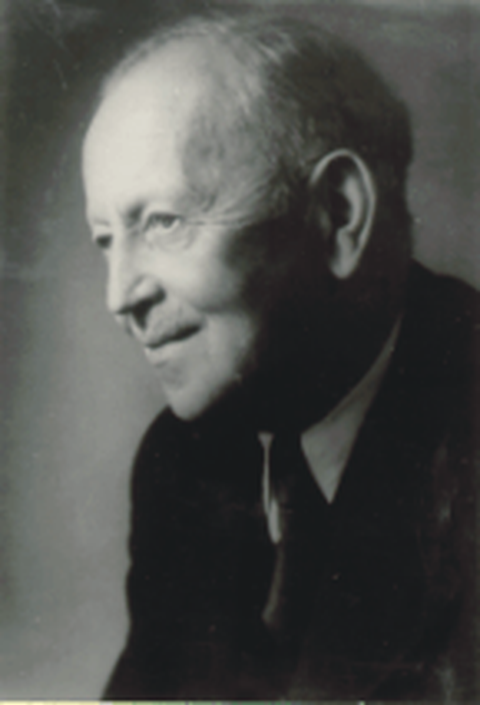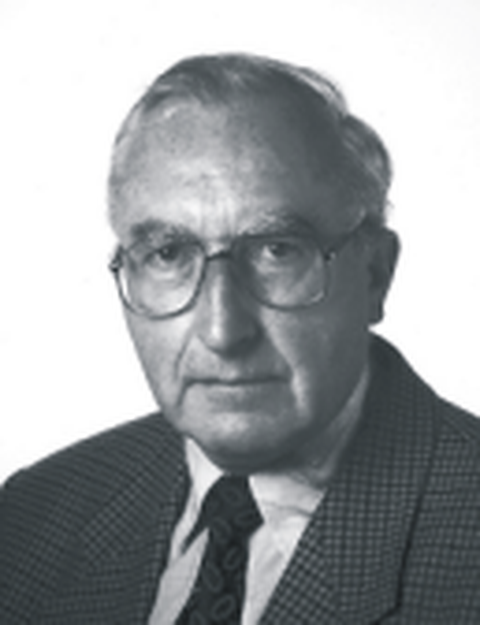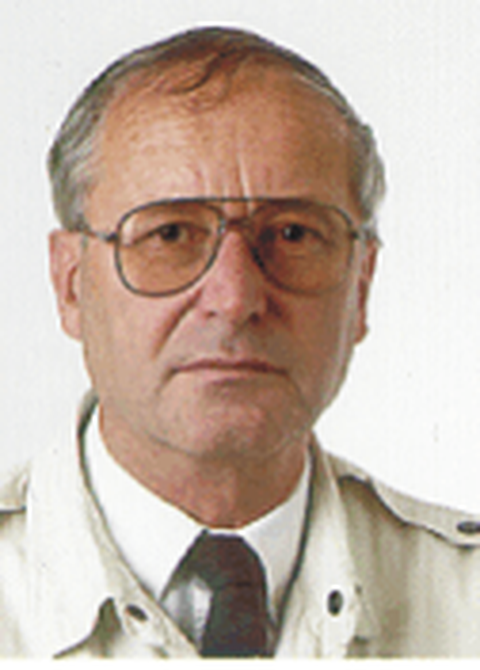History
1811 Establishment of the initially private Forestry Institute by Heinrich Cotta
1816 Conversion into Saxony Royal Forest Academy
Carl Leberecht Krutzsch (1772-1852), Professor of Natural History since 1814, founder of soil science within the framework of geology. He is the first one to establish courses in geology and chemistry in a german forestry education institute.
Julius Adolph Stöckhardt (1809 - 1886) was appointed Head of the new Chair of agricultural chemistry in 1847 (an agricultural department existed since 1830, however it was moved to the University of Leipzig in 1869). Stöckhardt recognized the significant role of nitrogen in plant nutrition (Dispute with Justus von Liebig). He used leaf analysis as an evidence proving sulfur emissions are a cause of smoke damage to agricultural and forestry crops.
Hermann Krutzsch (1819 - 1896) started assising his father, C. L. Krutzsch, in 1847. From 1852 until 1887 he worked as a Professor of mineralogy, geology, physics and meteorology . He conducted the first studies on forest litter, temperature observations and geologic recordings from the saxonian state forest areas.
Julius von Schroeder (1843 -1895) was Professor of agricultural chemistry from 1883 to 1895. He researched the fundamental questions of plant nutrition. Also notable is his subsequent work concerning applications in the tanning industry and damage of vegetation through fumes.
Heinrich August Vater (1859-1930) was Professor of mineralogy and geology from 1887 until 1925. In 1896 the department was renamed to Soil Science and Site Ecology. He did fundamental work in design and statistical analysis of field experiments (i.a. litter removal). Vater was one of the founders of forest fertilization.
Gustav Adolf Krauss (1888 -1968) was from 1925 to 1936 Professor of Soil Science and Site Ecology at the university in Munich. He established the modern forest cartography as an interdisciplinary team work. G. A. Krauss did the first description and ecological assessment of the Pseudogley soils. In 1995 he was awarded the honorary doctorate from TU Dresden. In 1964 he received the Wilhelm-Leopold-Pfeil Price.
Hans-Friedrich Sachse (1890-1986) was Professor of Soil Science and Site Ecology and Director of the Institute from 1936 until 1956. As the Dean, he prevented the imminent closing of the Forestry Faculty by the Soviet Occupation. He was also responsible for important innovations in teaching and education.
Hans Joachim Fiedler (1927-2022) was from 1959 to 1995 Professor of Soil Science and Site Ecology and Director of the Institute. With his broad research and through combining forest and natural sciences approaches he developed a well-grounded work in fundamental soil and nutrition processes, practical questions of the forestry sciences and pressing issues for the protection of the environment (forest degradation, acidification). As a Dean, he contributed significantly to the modernization of the higher education system after the German reunification. H. J. Fiedler has an honorary Doctorate from the universities München (1988), Trier (1989) and Uppsala (1995). Since 1993 he is an honorary member of the German Soil Science Society.
Wolfgang Nebe (1934-2019) was appointed to the newly created Chair of Forest Site Ecology in 1992 which he held until 1999. He was the Managing Director from 1995 to 1997. His work focused on research questions related to forest nutrition and forest fertilization.
Franz Makeschin (*1950) was appointed in 1995 to the Chair of Soil Science and Soil Protection. From 1997 to 2009 he led the Institute as the Director and was the President of the German Soil Society from 2004 to 2007. He retired in April 2013.

